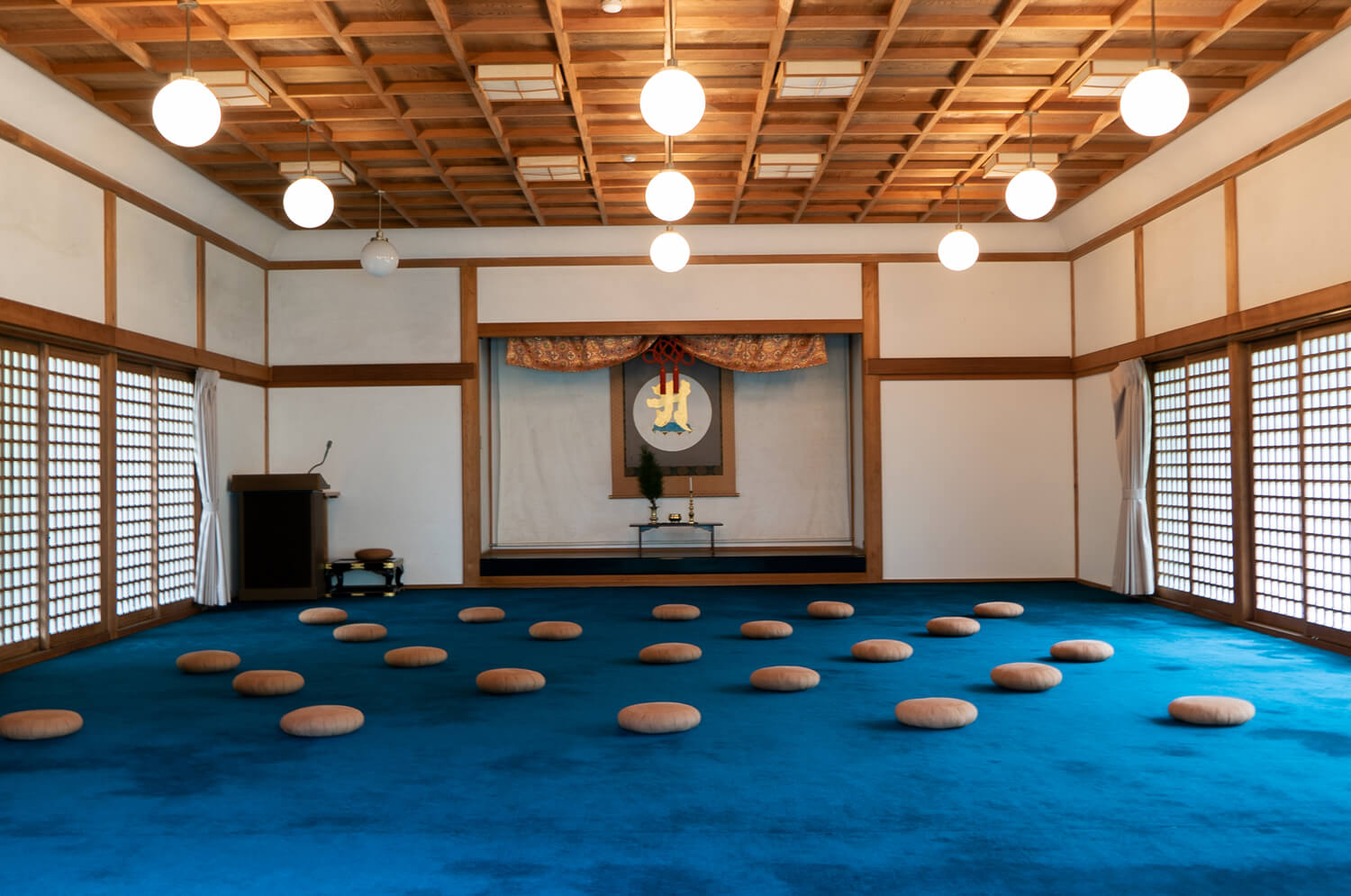Staying in a Temple in Koyasan, an Experience No Hotel Could Match

With 52 out of the 117 temples in Koyasan accepting guests, it would be a pity to miss the opportunity of experiencing this unique type of accommodation. Known as shukubo, they were in the beginning simple lodgings for monks. Later during the Edo period, due to the growing number of pilgrims arriving at this once deserted area, the temple inns would become their home for a few days before resuming their journey. Nowadays it is not only people coming on foot that are welcome to the shukubo—and truth be told, most of them arrive today on the much more comfortable train and cable car. Times have changed quite a lot, and as a result, so have shukubo and the services they offer. It is not difficult now to find temples where the monks speak perfect English (a feat that would have been deemed impossible decades ago). What translates into a more comfortable experience for some, could also translate in a less authentic one for others. We therefore recommend you drop out any expectation you might have and simply enjoy with an open mind what you are invited to experience.

A schedule to follow (or not)
What makes a stay in a temple truly special is that once you check-in, you are invited to take part in the activities and daily rituals performed by the monks living there. If you check-in in the afternoon, the first activity you are likely to encounter will be the ‘ajikan meditation’, a type of meditation characteristic of esoteric Buddhism and that serves as a perfect way to slow down and step into the quiet rhythm of the monk’s life. Once back in your room, your dinner arrives, undoubtedly one of the highlights of your stay. Known as shojin ryori, this beautifully presented meal brought to you in low tables, consists of a variety of small vegetarian dishes. The menu changes according to the season, but two staples are goma dofu (sesame tofu), with a surprisingly rich texture that reminds of cream cheese, and koya dofu or freeze-dried tofu. After your dinner, you might want to participate in the night tour that temples such as Ekoin organize to Okunoin cemetery, the largest in Japan with its more than 200.000 tombstones.
Once you are back in your shukubo, nothing better to end your day than a long, warm bath in their Japanese-style bath, heated from the natural waters of the mountains surrounding the area.
Koyasan goes to sleep and rises early, and at 6.30 am a daily morning prayer is conducted in the main temple. After it, some temples may also perform the goma fire ritual. The fast, calculated moves of the monk, the fire that gradually comes to life before our eyes, reaching up to several meters in height, lead many spectators to a sort of trance. Back to our rooms, breakfast will be waiting for us.


Nowhere better than in Koyasan
Temple stays might not be unique to Koyasan, but it is indeed a unique place to dip your toes in its waters. A town almost made up of temples, it could not be easier to fully immerse yourself in their slow-paced lives. With all its different activities (setting aside the obvious differences) a temple stay could almost feel like a summer camp for adults. A place to disconnect, breathe and experience Japan as you could never do from a hotel room.



TRENDING
-
The Tattoos that Marked the Criminals of the Edo Period
Traditional tattoos were strong signifiers; murderers had head tattoos, while theft might result in an arm tattoo.

-
The Story of Sada Yacco, the Geisha who Bewitched Europe
Described by Dazed magazine as the first beauty influencer, she has been restored to her former glory since 2019.

-
Chiharu Shiota, Red Threads of the Soul
Last year, more than 660,000 people visited the retrospective 'Chiharu Shiota: The Soul Trembles' exhibit at the Mori Art Museum.

-
Japanese Left-field Pop From The CD Age, 1989-1996
‘Heisei No Oto’, a compilation of hidden gems in the unspoken depths of Japanese pop, reveal blissful moment of technological possibility.

-
‘Shojo Tsubaki’, A Freakshow
Underground manga artist Suehiro Maruo’s infamous masterpiece canonised a historical fascination towards the erotic-grotesque genre.





